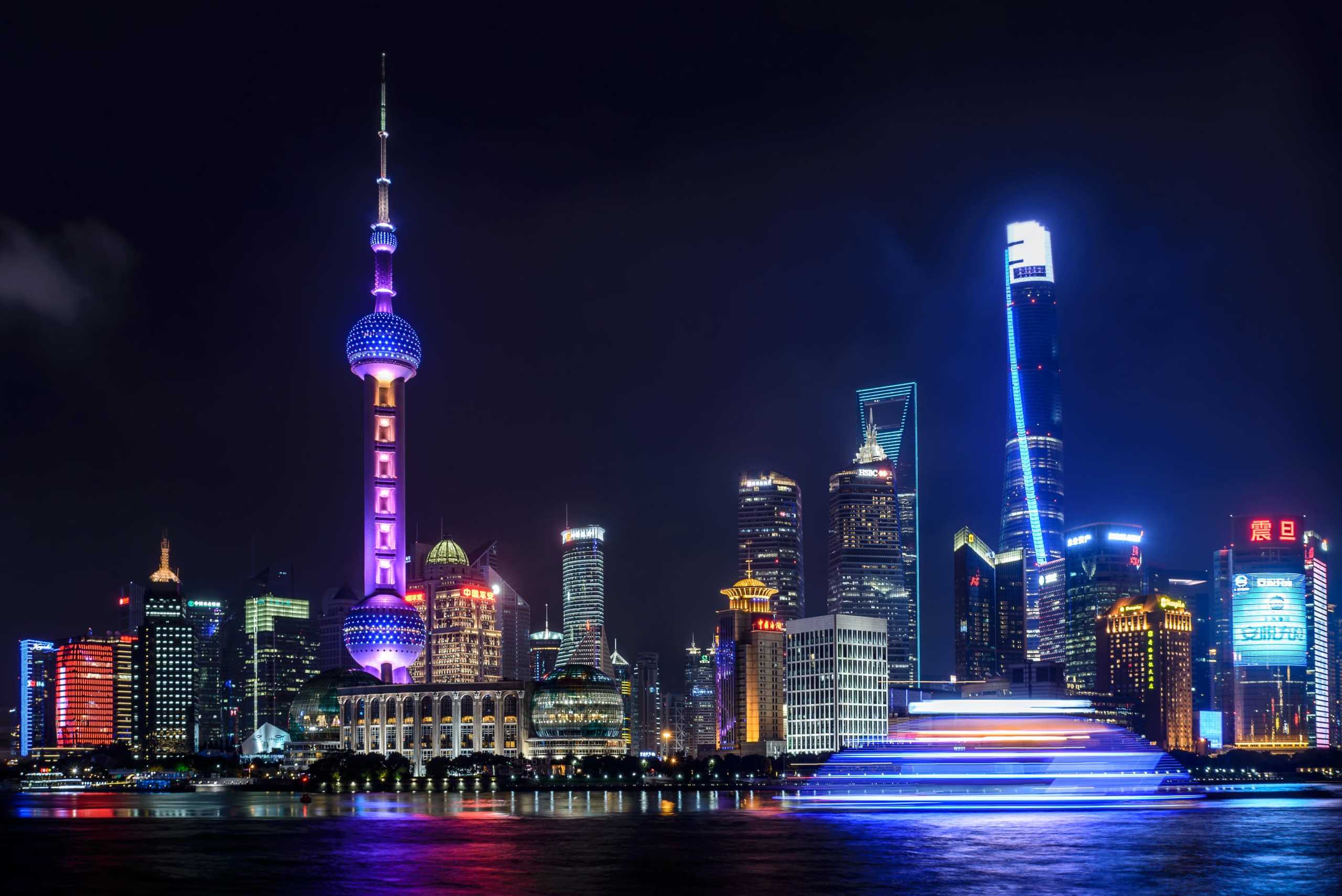China has been the world leader in patent filings for nine years running. With over 1.4 million applications received in 2019, its performance dwarfs that of innovation hubs like the U.S. and Japan, which in the same year received over 600,000 and 300,000 filings, respectively.
But China’s status as the world’s most prolific patentee did not come cheap — its government invested 2.21 trillion yuan, or US$322 billion, on public and private R&D in 2019. Not all was money well spent, however, as evidenced by a new crackdown on low-quality patent filings.
The China National Intellectual Property Administration (CNIPA) announced it will no longer subsidize patent applicants by the end of June 2021, and cancel financial assistance for all patent authorizations by 2025.
The move is to dissuade bad faith patentees, and will be carried out under the Chinese government’s stated goal of proving it could innovate not just on paper, but in practice. CNIPA singled out patent applicants with no intention of providing economic or humanitarian benefit, and only looking to take advantage of the subsidy program.
While foreign patents granted under the Patent Cooperation Treaty enjoy the highest subsidies, there is enough financial incentive for local organizations and individuals to file patents that would not withstand international evaluation. Every domestic patent granted is subsidized 2,500 yuan, or about US$385 — a so-called middle-class income. One applicant can receive up to 1 million yuan in a year.
While the U.S. and Japan do not have an as-apparent issue with inflated patent volumes, they still allocate around 3% of their GDP to R&D, subsidizing a chunk of overall patenting activity. China’s comparative GDP share is lower, and its decision to backtrack subsidies may be informed by the sentiment that more money does not mean more meaningful innovation, particularly in terms of national income growth.
Outside its finances, China must also address the underlying systemic issues where innovation is born. Chinese academic institutions are not exactly bastions of free ideas, while the many companies influenced by the Chinese Communist Party’s politicking cannot engage in normal competitive practices. A Harvard Business Review article cited these issues back in 2014, and it remains true that if China is to compete using patents of actual value, its government must understand that inventors need freedom, not money.






